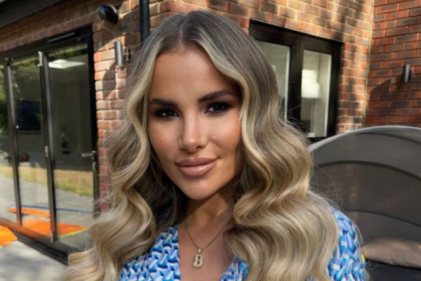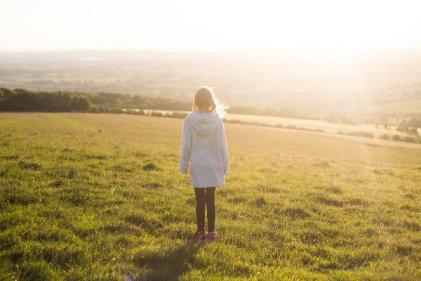Sleep apnoea is a problem with breathing during sleep, and yes, it is potentially very dangerous. There are three types of sleep apnoea. The first, and most common, is known as obstructive sleep apnoea, or OSA. This is when there is a physical blockage in the respiratory tract. The second is central sleep apnoea. In this type of apnoea, there is no blockage, but there is a problem in the brain, that causes a failure in the muscles that make you breathe. The last type of sleep apnoea is a combination of both of the other two types.
OSA can be caused by any type of blockage or obstruction in the airway. This could be something temporary like swollen tonsils or adenoids, or something more permanent, such as being overweight, or facial characteristics like a cleft palate. Many children with Down syndrome (up to 50 percent according to experts) will develop some kind of OSA.
Sings of OSA include difficulty breathing, pauses in breathing and snoring. Children who breathe through their mouth are more prone to sleep apnoea, and those who have OSA may have night sweats, or wake frequently during the night.
Because of these symptoms, children who have sleep apnoea are often sleep deprived, and it will show in their behaviour during the day. Your child could also be growing slower than expected for his or her age, or have recurrent trouble with tonsils or adenoids.
If you suspect that your child has sleep apnoea, the first thing you should do is speak to his or her doctor. Your child’s doctor will look at your child’s sleep patterns, and possibly conduct a physical examination. He or she may refer you to an expert, or for additional tests.






